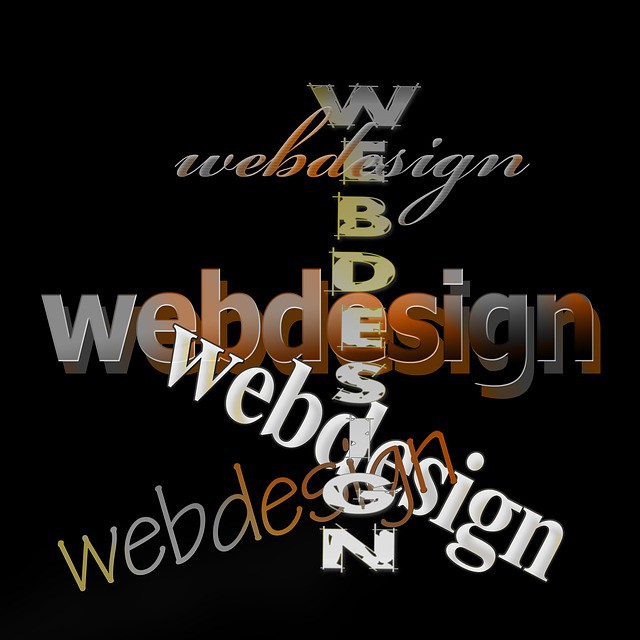Many website owners give too much attention to search engine optimization and not enough on the user experience, also known as UX. A few years ago, this was turned around by Google and other search engines, which now penalize sites that try to manipulate their algorithms for higher rankings. If your site isn’t mobile-friendly or doesn’t read well, then it will be considered a spam site and will be removed from the search results. Now you must create the best website design to improve your rankings on search engines.
Keep in mind that search engine optimization extends further than keywords and content. The layout, colors, design and navigation can play a big role in how it’s perceived by visitors and search engines. Your Web design can also negatively impact your ranks in the SERPs (search engine results pages). When you read Google’s list of philosophies, the first one says to focus on the user.
SEO and UX Plan
This actually makes a ton of sense once you understand the direction search engines are going in – user-friendliness. SEO companies everywhere are following suit with this ideal, which has lead to higher quality content being created for the end user. You may remember a time when keyword-stuffed content ruled the search engines. This has been pushed out heavily by the likes of Google and its ever-evolving algorithm. Now, this doesn’t mean keywords no longer have a place in your search engine optimization strategy – to the contrary. You just need to have a more strategic plan that centers around the user. It’s best to have both combined to form a well-crafted SEO plan.
If you’re just now building a website for your business or would like to revamp or analyze your current one, then make sure that you are properly balancing SEO and UX. It’s a good idea to hire an expert from an SEO agency to audit your site. Meanwhile, here’s a quick overview of how you can start analyzing it yourself.
Make Sure You’re Mobile-Friendly
There’s no sense in designing a desktop and mobile version of your website. All you have to do is go with a responsive design instead. How important is it to have a mobile-friendly design? Well, Google has already started pulling websites from the SERPs that aren’t mobile-friendly. So if you aren’t mobile-friendly, then Google will refuse to rank you highly.
Besides helping your ranks, being mobile-friendly also allows users to access your site on whatever device they choose. This offers more freedom of choice, which earns you points as a brand.
Use Infinite Scroll Wisely
A lot of entrepreneurs are using the infinite scroll in their website design because it’s pretty user friendly. However it isn’t very SEO friendly. Crawlers are unable to browse the content like a user can, so the pages are unable to be ranked properly.
Think Twice About Using Click-to-Expand Features
This is another possible negative point for search engine robots. This is unfortunate because there are many, many sites that enjoy this feature. Like the infinite scroll, click-to-expand has content that is difficult to crawl. This feature opens up a window to more content once a tab or link is clicked. There’s still no word whether this is actually ignored by crawlers, but there’s been talk that Google isn’t indexing it.
Don’t Overdo Images
Right now, images are a big deal – they’re all over social media sites like Twitter, Facebook, Instagram and Pinterest. Plus, they can be very informative, such as when designed in the form of an infographic. But when it comes to a website, you don’t want to go with a ton of images. This definitely won’t do much for your design if you’re using generic stock photos or use poor design elements. It’s best to use sound judgment when determining how many and which images to use. Considering working with an SEO agency to have a quality site built using images.
